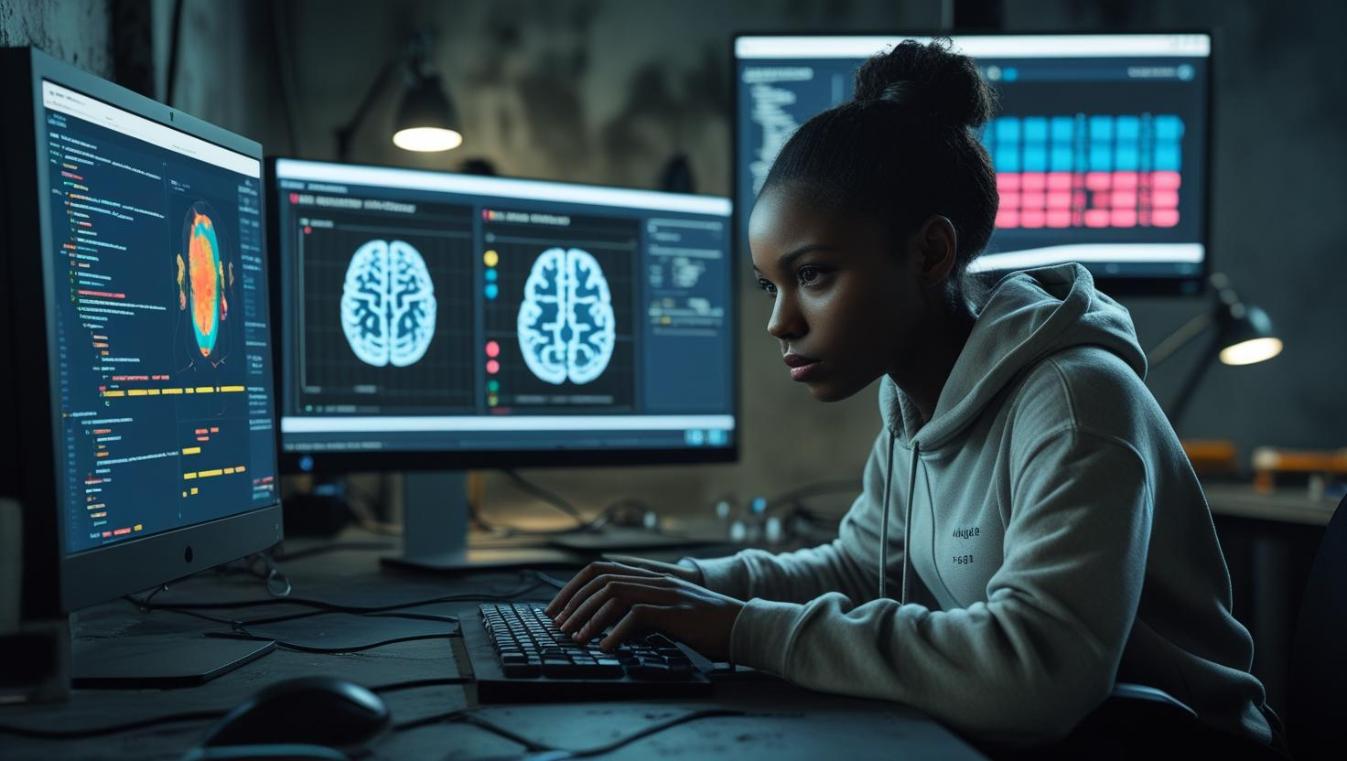
While Escape from Tarkov cheats spark debate, the illicit code also reveals a comprehensive study of data handling, human perception, and split-second automation. The routines act like an ersatz nervous system, scanning the map, processing cues, and firing off decisions faster than most players can blink.
Researchers now eye that logic for entirely legal habitats, including biomedical engineering, where unanticipated shortcuts sometimes speed up serious innovation.
1. Enhanced Real-Time Object Recognition
Many cheats incorporate an ESP add-on that ghosts enemies through walls, plastering distance, health, and class labels across the screen. The trick recalls medical image-analysis projects that flag tumors in X-rays or stitch-trace moving organs for precision surgery.
That pressure-test efficiency—coding, sorting, and labeling imagery in a fraction of a second—suggests new avenues for training hospital-grade computer-vision models tasked with equally brutal time constraints.
2. Predictive Modeling Through Pattern Analysis
Aimbot software employs a form of predictive aiming that estimates an opponent’s future location in real time. In medicine, a parallel can be drawn with predictive diagnostics, where historical clinical profiles are mined to forecast disease trajectories.
The ever-adaptive algorithms powering Tarkov hacks—shifting from one play session to the next—highlight structural methods that researchers can borrow when training AI to spot subtle drift in vital signs or behavioral physiology.
ALSO READ: Advances in Bionic Arms and How they Help Gamers Improve Skill
3. Data Filtering and Prioritization in Critical Scenarios
Many Tarkov cheats screen the virtual battlefield and illuminate only the rare loot, the lurking enemies, or the instant kill zones a player cannot afford to miss. That brand of rapid filtering closely resembles what alert systems must do with the thunderous stream of numbers from wrist-worn monitors or intensive-care multiparameter beds.
Studying how these hacks prune noise and foreground the salient could lead to leaner, faster biomedical alarms in moments when seconds make the difference.
4. Simulated Environments for Reinforcement Learning
Complex video game ecosystems, especially when laced with cheats, offer researchers a gritty proving ground for reinforcement-learning algorithms. Exposing AI agents to engineered disorder trains them to cope with the sort of chaotic perturbations that throw ordinary models off course.
In the biomedical realm, clinical data is famously noisy; lessons drawn from cheat-modified simulations could prove invaluable for domains like trauma surgery and emergency outbreak forecasting, where real-world signals rarely behave as expected.
Conclusion
Despite the ethical concerns of many gamers, the internal logic of a Tarkov cheat set offers a fresh perspective on artificial intelligence design. By studying how these programs read, triage, and exploit incoming game-state information, bioinformaticians might craft systems that are not only quicker but also more resilient when stakes are highest.
The distance between a virtual exploit and lifesaving medical software, once abstract, now feels surprisingly short.









